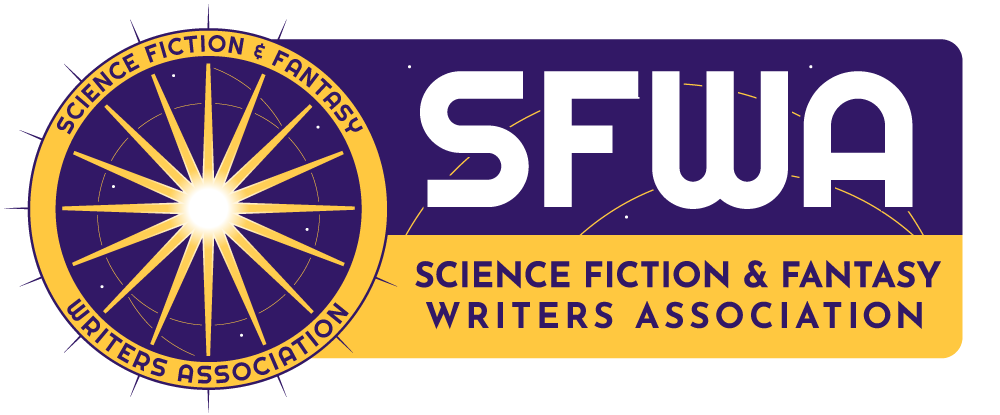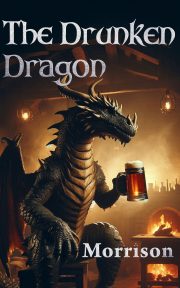Characterization and Worldbuilding Through Fight Scenes
by Corrine A. Kumar
Fight scenes aren’t just about fighting. While writing technically accurate and action-packed fight scenes is important, if we don’t keep the focus on our characters and our worlds, readers will just skim past them. Fight scenes are a powerful opportunity to show the reader who your character is, where they come from, and the type of world they live in.
Status and Expertise
A character’s weapon choice tells us about their social status. In Brandon Sanderson’s Stormlight Archive, spears are wielded by lower classes, while powerful Shardblades are reserved for high-ranking nobles. Additionally, a character’s word choice can demonstrate their expertise. A character with less training would use general terms such as “sword” or “punch.” Conversely, a more experienced character would use more specific jargon, such as “arming sword” or “rear hook.”
Culture
Even in our world, variations on the sword have arisen across the globe. The Egyptian khopesh, the Japanese katana, and the Filipino barong are just three examples. By showing two characters facing off with different blades, we can immediately communicate the different cultures they come from.
The techniques and names of the techniques a character uses can also reflect their culture. While some martial arts may use more poetic, visually evocative terms, such as “Heron Wading in the Rushes” from Robert Jordan’s The Wheel of Time, other arts may use more utilitarian terms such as “back-fist” and “push-kick.” In some settings, an honor code may restrict fighters to using “respectable” techniques, while others may resort to “underhanded” tactics like biting or pinching.
Magic and Technology
Integrating magic and technology into fight scenes can be a fantastic method of introducing your world. In her Greenbone Saga series, Fonda Lee does this masterfully by having her characters utilize all six jade-based powers in single duels. This teaches readers how the magic system works in an organic way that also makes her fight scenes feel unique to her world.
This is easier to remember with powers that are clearly useful in combat, such as enhanced strength and speed. However, even subtle powers can be useful. For example, if all a character can do is make their hands glow, this slight magic could be used to distract an opponent at a critical moment. In a fight, even a single small opportunity can be all it takes to win.
Moreover, it is important to consider how a character’s strategy should change based on their powers or those of their opponents. If a character has the power to shock others on contact, they would be best served by using close-quarters techniques. Conversely, this character’s opponents should utilize techniques that keep them at a distance.
Mindset
When trying to convey a character’s mindset, first focus on the character’s emotional experience. Do they feel anger, fear, sadness, or a combination? Do they push their feelings away or embrace them? In Drew Karpyshyn’s Darth Bane trilogy, he emphasizes the different emotions that Jedi and Sith rely on in combat to create a distinct feel for each character’s perspective.
Next, focus on their physical sensations. Do they feel their hearts racing, fatigue, or pain from a wound? Or are they aware of these sensations only after the battle? Adjusting the level of detail you use to delve into these sensations is a powerful way to make different viewpoint characters feel distinct.
Stakes
Think about what will happen to the character, depending on the outcome of the fight. How much does your character focus on these stakes during combat? Do they focus on what they have to gain or fear what they might lose? Showing the character’s perception of the stakes is the key to creating tension. In Christopher Ruocchio’s Howling Dark, Hadrian begins a fight believing his opponent’s goal is simply to humiliate him. However, partway through, he realizes his opponent means to kill him—resulting in a massive spike of tension as the stakes become steeper.
Morals
Different fighting techniques have different levels of harm they can do, ranging from bruising to death. The techniques and weapons characters choose show us what they are and are not willing to do. Would your character stab someone over an insult to their honor? Would they only use lethal force if their life was threatened? Or, like Batman, would they refrain from killing no matter what?
Goals
A character’s goals affect not only their mindset but the weapons and techniques they use. For example, even a single martial arts system may have dozens of punch defenses. Some require fighters to retreat, while others involve stepping past the opponent. If a character’s goal is to escape, stepping past their opponent may be the best option. In contrast, if their goal is to protect a bystander behind them, stepping past their opponent would not be the right choice, as it would leave the bystander more vulnerable to the attacker. If a character’s goal is not to kill during a fight, they would utilize stun weapons rather than lethal ones.
A character can also have multiple goals in a fight scene. These goals can often be divided into 1) immediate goals and 2) overarching goals. An assassin’s immediate goal may be to kill the guard who has confronted them to achieve their overarching goal of killing the king. In Pierce Brown’s Red Rising series, there are fight scenes that span multiple chapters. While it would be easy for these scenes to feel boring, Brown keeps them engaging by giving his characters a combination of immediate and overarching goals. While having a series of immediate goals gives us a sense of progress, the overarching goal gives the sequence a sense of direction.
We often think of conveying character and world-building through description or dialogue, but fight scenes too can do this same heavy-lifting. Whether you utilize them while writing the first draft or during final revisions, these strategies will make your fight scenes richer, more engaging, and unique while also grounding your reader more deeply in your story as a whole.
 Corrine A. Kumar is a science fiction and fantasy writer with a love of martial arts. She has been a student and apprentice instructor of Hapkido, Jeet Kune Do, and Kali. Her greatest writing influences are Brandon Sanderson, Fonda Lee, Pierce Brown, and Christopher Ruocchio. She studied Chemistry and Neuroscience at Indiana University—Bloomington, graduated from Indiana University School of Medicine, and is now a Pediatrics Resident at Riley Hospital for Children. She is an alumnus of the Futurescapes Writers’ Workshop, and her articles Active Reading to Step Up Your Writing and It’s All About Momentum: Writing Effectively and Productively Amidst a Busy Life were previously published by The SFWA Blog. Corrine can be found on Twitter, Instagram, and Bluesky.
Corrine A. Kumar is a science fiction and fantasy writer with a love of martial arts. She has been a student and apprentice instructor of Hapkido, Jeet Kune Do, and Kali. Her greatest writing influences are Brandon Sanderson, Fonda Lee, Pierce Brown, and Christopher Ruocchio. She studied Chemistry and Neuroscience at Indiana University—Bloomington, graduated from Indiana University School of Medicine, and is now a Pediatrics Resident at Riley Hospital for Children. She is an alumnus of the Futurescapes Writers’ Workshop, and her articles Active Reading to Step Up Your Writing and It’s All About Momentum: Writing Effectively and Productively Amidst a Busy Life were previously published by The SFWA Blog. Corrine can be found on Twitter, Instagram, and Bluesky.



